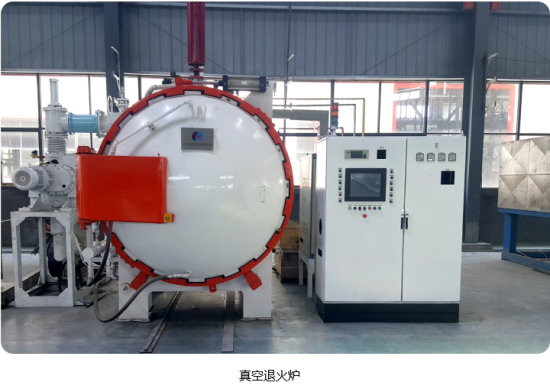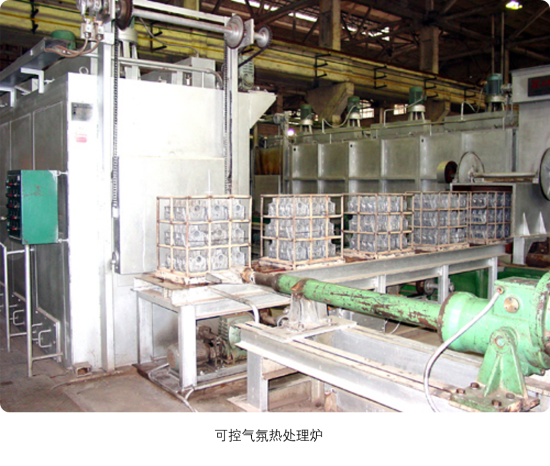Heat treatment is a key process in modern manufacturing. It involves heating materials to high temperatures and then quickly cooling them. This changes the material's internal structure, improving its physical, chemical, and mechanical properties. As a result, materials last longer and perform better. Common heat treatment methods include annealing, tempering, quenching, and normalizing. Each method serves a specific purpose.

Heat treatment is essential for making mechanical parts stronger and more durable. It directly affects the quality of both the parts and the equipment they're used in. This process matters a lot in many industries, like electronics, energy, automotive, aerospace, and construction. By upgrading heat treatment technology and equipment, companies can save energy and materials, giving them an edge in the market.
The heat treatment process has three main steps: heating, keeping the material at a certain temperature for a while (holding), and cooling. Special furnaces, such as vacuum furnaces and controlled atmosphere furnaces, are used for these steps.
N₂ is very useful in heat treatment. It protects materials from oxidation. In controlled atmosphere furnaces, nitrogen creates a safe environment for processing. In vacuum annealing furnaces, it replaces air when starting up or shutting down. Nitrogen also cools materials during high-pressure gas quenching and fills the furnace during heating. This helps make sure the heat treatment process works well and the materials turn out right.
